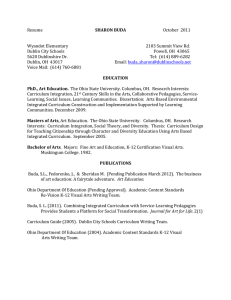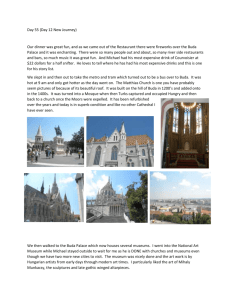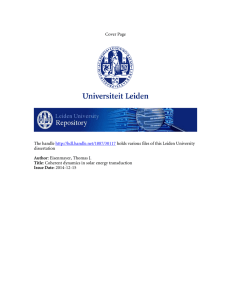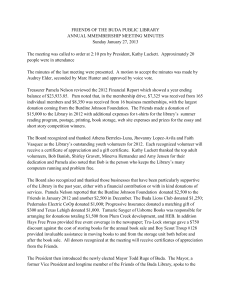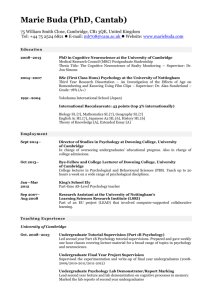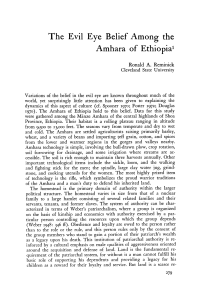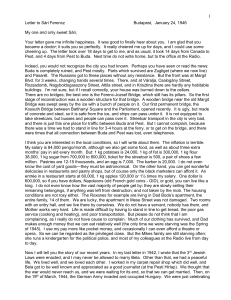ABSTRACT THESIS: STUDENT: DEGREE:
advertisement
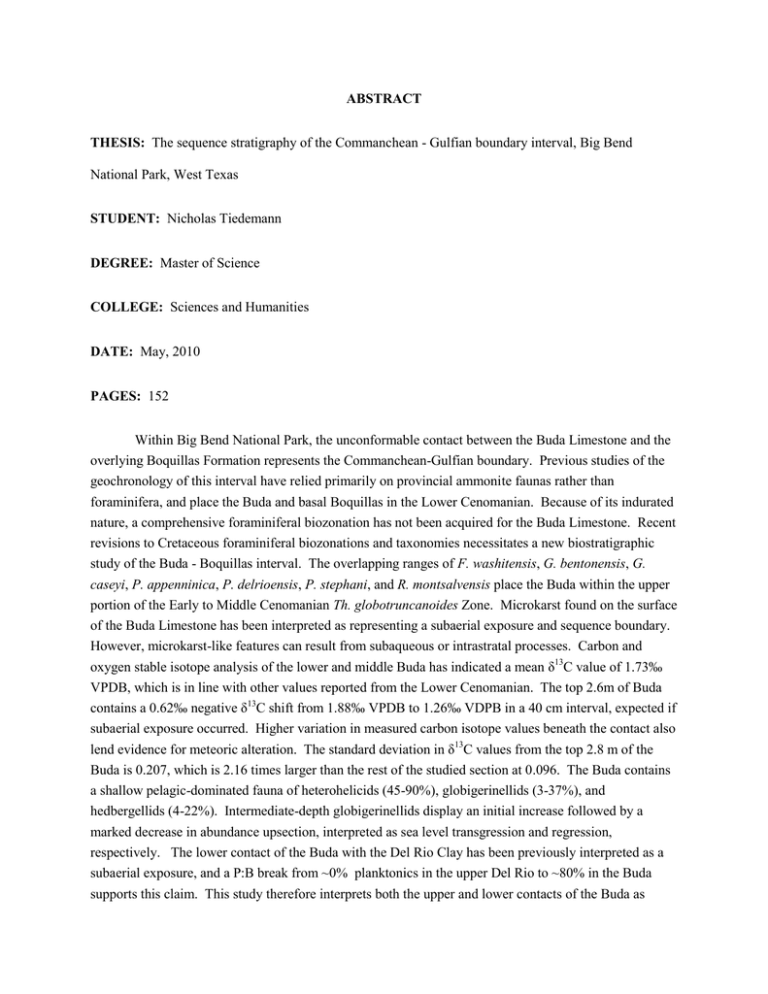
ABSTRACT THESIS: The sequence stratigraphy of the Commanchean - Gulfian boundary interval, Big Bend National Park, West Texas STUDENT: Nicholas Tiedemann DEGREE: Master of Science COLLEGE: Sciences and Humanities DATE: May, 2010 PAGES: 152 Within Big Bend National Park, the unconformable contact between the Buda Limestone and the overlying Boquillas Formation represents the Commanchean-Gulfian boundary. Previous studies of the geochronology of this interval have relied primarily on provincial ammonite faunas rather than foraminifera, and place the Buda and basal Boquillas in the Lower Cenomanian. Because of its indurated nature, a comprehensive foraminiferal biozonation has not been acquired for the Buda Limestone. Recent revisions to Cretaceous foraminiferal biozonations and taxonomies necessitates a new biostratigraphic study of the Buda - Boquillas interval. The overlapping ranges of F. washitensis, G. bentonensis, G. caseyi, P. appenninica, P. delrioensis, P. stephani, and R. montsalvensis place the Buda within the upper portion of the Early to Middle Cenomanian Th. globotruncanoides Zone. Microkarst found on the surface of the Buda Limestone has been interpreted as representing a subaerial exposure and sequence boundary. However, microkarst-like features can result from subaqueous or intrastratal processes. Carbon and oxygen stable isotope analysis of the lower and middle Buda has indicated a mean δ13C value of 1.73‰ VPDB, which is in line with other values reported from the Lower Cenomanian. The top 2.6m of Buda contains a 0.62‰ negative δ13C shift from 1.88‰ VPDB to 1.26‰ VDPB in a 40 cm interval, expected if subaerial exposure occurred. Higher variation in measured carbon isotope values beneath the contact also lend evidence for meteoric alteration. The standard deviation in δ13C values from the top 2.8 m of the Buda is 0.207, which is 2.16 times larger than the rest of the studied section at 0.096. The Buda contains a shallow pelagic-dominated fauna of heterohelicids (45-90%), globigerinellids (3-37%), and hedbergellids (4-22%). Intermediate-depth globigerinellids display an initial increase followed by a marked decrease in abundance upsection, interpreted as sea level transgression and regression, respectively. The lower contact of the Buda with the Del Rio Clay has been previously interpreted as a subaerial exposure, and a P:B break from ~0% planktonics in the upper Del Rio to ~80% in the Buda supports this claim. This study therefore interprets both the upper and lower contacts of the Buda as sequence boundaries. The overlying 1.2 m Boquillas is nearly devoid of benthics and represents a deeper assemblage including the double-keeled Dicarinella sp., as well as several Upper Cenomanian (D. algeriana Subzone) species. Based on foraminiferal data, the duration of the Buda - Boquillas unconformity is roughly equivalent to the missing Th. reicheli and Th. greenhornensis Biozones, or a sizable portion of the Middle Cenomanian.

